Smart Landscape Design
Developing a landscape plan is the first and most important step in creating a water-efficient landscape. This is your roadmap to establishing a beautiful, low-maintenance landscape that needs less water to thrive.
Key considerations include mapping existing vegetation, topography, and drainage; current uses vs. future uses; and grouping plants by their water needs. Separating native and adapted plants from thirsty ones will make irrigation easier and more water-efficient.
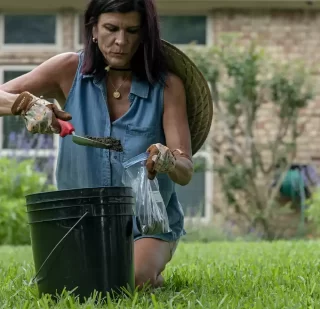
Soil Analysis and Improvements
Have your soil tested by the Texas A&M AgriLife Extension Service. They can analyze the pH levels, nutrient levels (nitrogen, phosphorus, and potassium), and the sand, silt, clay, and organic matter content. They will suggest ways to improve your soil’s ability to support plants and retain water.
Many problems can be avoided with good soil preparation and conditioning. Improving your soil through the addition of compost/organic matter will help plants retain moisture and resist evaporation. Compacted soil should be aerated occasionally.
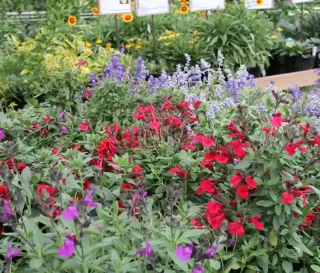
Appropriate Plant Selection
Choose plants that are native or adapted to our North Central Texas climate. These drought-resistant plants will save you time on maintenance and save water. Once established, native or adapted plants can thrive in the environment with little to no additional water beyond normal rainfall. Native plants rarely require the addition of fertilizers and are more pest- and disease-resistant. Group plants into “hydrozones” according to their water requirements.
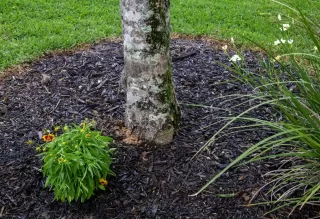
Remember to Mulch
Mulching is one of the easiest and best things you can do in your landscape. Placing mulch around trees and plant beds will minimize evaporation, moderate soil temperatures, inhibit weed growth, and help control erosion. Organic mulches, like compost, shredded bark, and leaves, also improve soil conditions as they decompose.
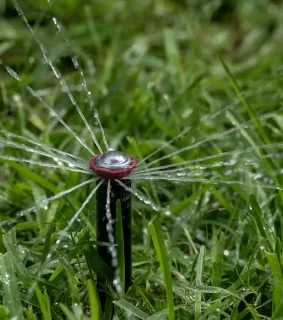
Irrigate Efficiently
Too much water can be as harmful as not enough. You only need enough water to keep plants healthy. Any more is a waste. Manual watering with a handheld hose tends to be the most water-efficient method. Households that manually water with a hose tend to use about one-third less water outdoors than the average household using an automatic sprinkler system.
Even the most efficient irrigation system can waste water. Install a rain sensor that turns the system off when it’s raining and a soil moisture sensor, which only turns on sprinklers when soil moisture levels drop below preprogrammed levels.
Change your watering schedule with the seasons. Overwatering is common in the fall when summer irrigation schedules haven’t been adjusted for the cooler temperatures.
Always water early in the morning or late in the evening (before 10 a.m. or after 6 p.m.). When you water during the heat of the day, up to 30 percent of the water can be lost to evaporation. Using soaker hoses and drip irrigation systems, which deliver water directly to the plant’s roots, will also help minimize evaporation losses.
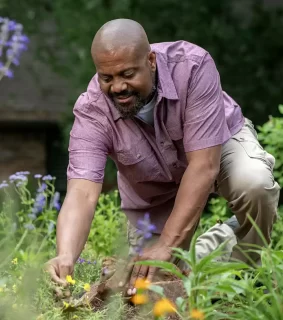
Provide Regular Maintenance
Using native and adapted plants will help you establish a low-maintenance landscape, but it’s not a “no-maintenance” landscape. A water-efficient landscape still requires regular pruning, weeding, fertilization, pest control, and irrigation. The good news is once the plants become established they need less maintenance.
Water and fertilize plants only as needed. Too much water promotes weak root growth and increases pruning needs. Over-fertilizing can damage plants create and make them more susceptible to disease.
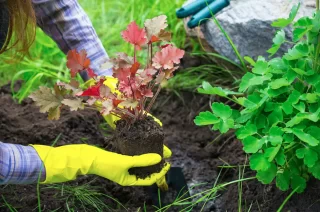
Avoid Gardening Mistakes
Learn about the seven worst North Texas gardening mistakes, from buying the wrong plants to watering incorrectly, and how to avoid them.
